
Tata Harrier is finally here and is all set to lock horns with a number of SUVs in the Indian market. The Harrier has an upper hand over almost all these SUVs in the list, but the Mahindra XUV500 has an ace up its sleeves as it is available with a seven-seat configuration, AWD, and a choice of automatic transmission. Here is a detailed spec comparison between the two premium Indian SUVs and how they fare against each other on paper.
Exterior and Styling:
The Harrier is based on the new IMPACT 2.0 design direction from Tata. The sleek LEDs, low-placed headlamps, and flared wheel arches might be subjective but the sleek tail lights and Discovery Sport-inspired rear grabs attention. The floating D-pillar adds a flair to the Harrier’s appeal, but the rather dreary looking alloy wheels take away the sheen of Harrier’s contemporary design. It measures 4,598x1,894x1,706mm and has a wheelbase of 2,741mm.
The XUV500, on the other hand, was a big, brawny SUV when it arrived in 2011. It received all its updates at proper intervals of time and the current one is still contemporary. The LED daytime-running-lights, massive headlamps, chrome-pin grille, modern wraparound taillights, and prominent wheel arches lend the XUV500 an impressive road presence. However, standing at 4,585x1,890x1,785mm, it is smaller than the Harrier, and at 2,700mm, its wheelbase is 41mm shorter as well.
Interior and Features:
The cabin of the Harrier is all-new and utterly modern to the extent that it reminds us of expensive JLR vehicles. The large 8.8-inch (largest in its class) floating touchscreen is integrated onto the button panels below it. The wood-finish panel running across the dash adds a premium touch to the cabin. High-quality material is seen all around the cabin with leather upholstery. In top-spec variants, the Harrier comes loaded with features like an eight-way adjustable driver seat and four-way co-driver seat, dual-zone climate control, cooled storage box, auto headlamps, cruise control, nine-speaker JBL system, six airbags, driving modes, and ESC with hill hold features. However, it misses out on a sunroof, inbuilt navigation which nearly all other cars in this price range offer.
The XUV500’s interior has loads of modern equipment, but the overall layout hasn’t changed much since it first arrived in 2011. The waterfall centre console is dated and so is the twin-pod instrument cluster. However, they come with added features to make them feel modern. The feature list of XUV500 also includes brake energy regeneration system, quilted leather upholstery, soft-touch leather on dashboard and door trims, mobile charging points in the first and the second row, stylish diamond cut alloy wheels, sunroof, and much more. Both SUVs come with six airbags in the top-spec trim.
Powertrain:
Tata Harrier is currently available with a single powertrain option. There is a diesel-manual combo with no choice of a petrol engine or an automatic transmission. The Fiat-sourced 2.0-litre four-cylinder ‘Kryotec’ diesel engine produces 140bhp of peak power and 350Nm of twisting force. The six-speed manual sends all the power to the front wheels only as there is no AWD layout offered either.
Under the hood of the XUV500 is a 2.2-litre four-cylinder diesel motor whose power output is slightly higher than the Harrier. It produces 155bhp/360Nm and this motor is available with a six-speed manual or a six-speed automatic transmission. There’s a petrol option too, which is a 2.2-litre unit producing 138bhp/320Nm and is offered only with a six-speed automatic.
Verdict:
The XUV500 has a seven-seat/three-row configuration, and it also comes with AWD and automatic powertrain options. All this gives it an instant advantage over the Harrier. But the Harrier is nicely put together and borrows its bits from JLR SUV. As far as the other shortcomings are concerned, Tata can easily rectify it in coming days. Moreover, in terms of pricing, the top-spec XUV500 is far more expensive than the Harrier.

![Tata Harrier [2019-2023] Image Tata Harrier [2019-2023] Image](https://imgd.aeplcdn.com/272x153/n/cw/ec/32958/tata-harrier-right-front-three-quarter58.jpeg?q=80)

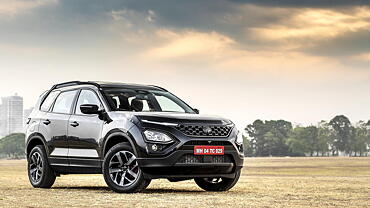

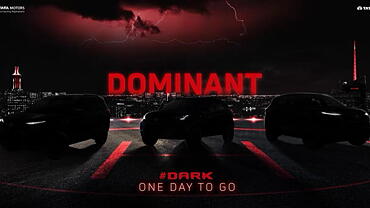







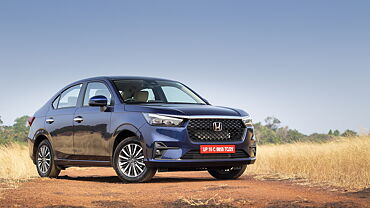
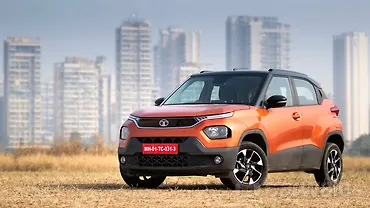
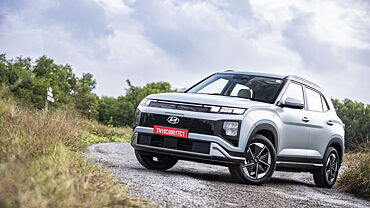
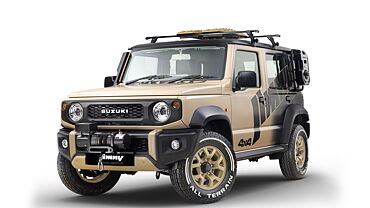
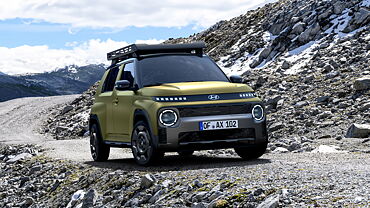
![Tata Harrier [2019-2023] Right Front Three Quarter Tata Harrier [2019-2023] Right Front Three Quarter](https://imgd.aeplcdn.com/199x112/n/cw/ec/32958/tata-harrier-right-front-three-quarter58.jpeg?q=80)
![Tata Harrier [2019-2023] Right Front Three Quarter Tata Harrier [2019-2023] Right Front Three Quarter](https://imgd.aeplcdn.com/199x112/n/cw/ec/32958/harrier-exterior-right-front-three-quarter-53.jpeg?q=80)
![Tata Harrier [2019-2023] Right Front Three Quarter Tata Harrier [2019-2023] Right Front Three Quarter](https://imgd.aeplcdn.com/199x112/n/cw/ec/32958/harrier-exterior-right-front-three-quarter-54.jpeg?q=80)
![Tata Harrier [2019-2023] Dashboard Tata Harrier [2019-2023] Dashboard](https://imgd.aeplcdn.com/199x112/n/cw/ec/32958/harrier-interior-dashboard.jpeg?q=80)
![Tata Harrier [2019-2023] Dashboard Tata Harrier [2019-2023] Dashboard](https://imgd.aeplcdn.com/468x263/n/cw/ec/32958/harrier-interior-dashboard-2.jpeg?isig=0&q=80)

























